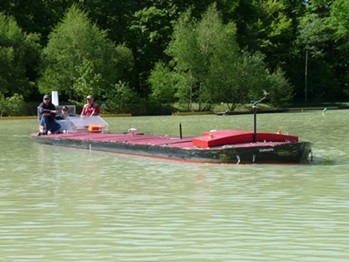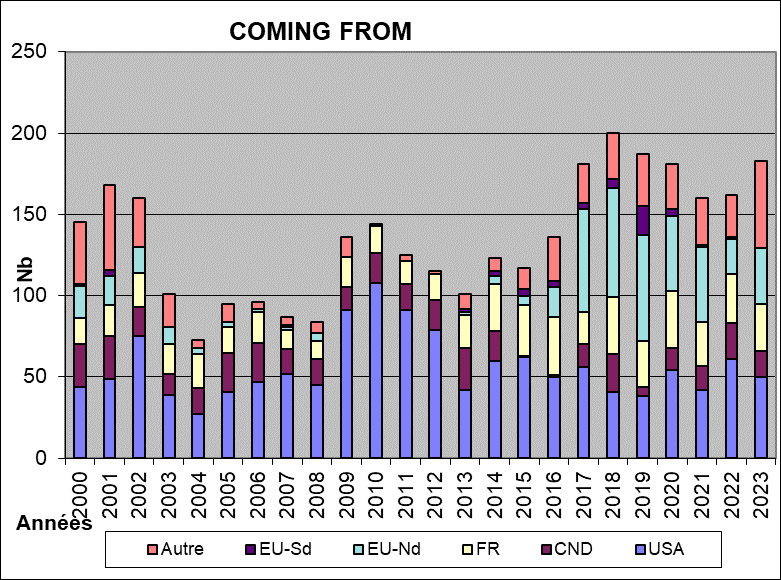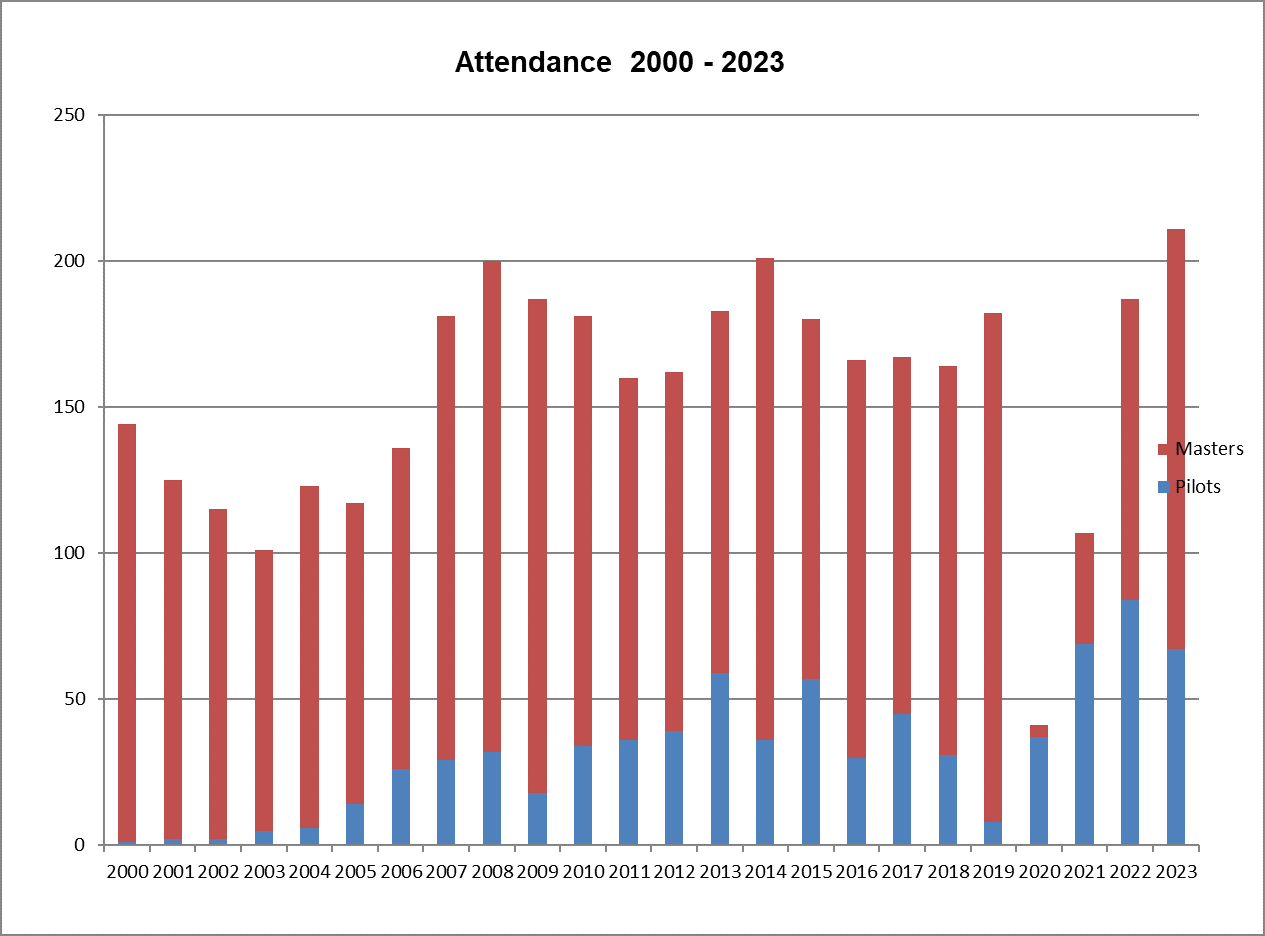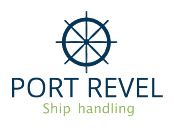Stage pods et urgences
Programme du stage Pods et Urgences

Programme du cours
| Pour : | Pré-requis : | Durée : |
| Pilote/Capitaine/Officier |
Préférable expérience sur modèles réduits. Bonne expérience de naviguant |
5 jours (35 heures) Du lundi au vendredi |
| Nombre de stagiaire par groupe : | Formateur : | Demande d’accès |
| 2 à 6 | Instructeur expérimenté, ancien pilote maritime et capitaine | Portrevel.com\contact |
| Délai d’accès : | Tarifs: | Personnes avec handicap |
| Entre 4 et 24 semaines en fonction du stage (durée entre demande et début du stage) |
A partir de 11 100 € Prix ne comprenant pas les taxi/logement/restaurant, taxes et moyens supplémentaires de formation |
Merci de contacter le centre pour étudier l’adaptation |
| Evaluation stagiaire: | Evaluation finale et progression | Engagement et rupture de parcours |
| Faite tout au long du cours par le formateur | Faite à la fin du stage, peut être communiquée officiellement au donneur d’ordre | Procédure sur demande |


Objectif général :
Formation sur les navires à propulsion avec Pods, utilisation des remorqueurs et gestion des situations d’urgence en manœuvre.
Méthode d’apprentissage:
La théorie en classe est réduite au minimum à 1 heure par jour pour rappeler les bases. Les stagiaires naviguent ensuite sur le lac 3 heures et demie le matin et l’après-midi, soit un total de 7 h/Jour ou 35 h/semaine.
Outils pédagogiques à disposition
Théorie en salle de classe: Tableaux, cartes marines, diagramme, maquettes de navires et hélices…
Pratique sur le lac: quais, navires, PPU, machine à vagues, générateurs de courant et de vent, Vhf…
Remorqueurs divers contrôlés par des capitaines de remorqueurs
Programme
Programme de principe des manœuvres
|
Monday |
Brittany (190 000 DWT, on heavy ballast):
Gilda (125 000 DWT, 70% loaded):
Berlin (38 000 DWT, loaded)
Voyager with pods (1000 ft cruise ship with two 14 MW pods and 12 MW bow thrusters):
|
|
Tuesday |
Voyager with pods:
Brittany (190 000 DWT, on heavy ballast & tug
Q-Max (266 000 m3 LNG Carrier with twin screw & rudder):
Gilda (125 000 DWT, 70% loaded) with tug:
Ben Franklin (125 000 m3 LNG Carrier with Schilling rudder) CPP
|
|
Wednesday
Current (clockwise) |
Voyager with pods:
Antifer (400 000 DWT, on heavy ballast): plus escort tug
Europe (255 000 DWT, loaded):
Otello (8500 TEU) with tug:
|
|
Thursday
Swell Current (clockwise) |
Voyager with pods (1000 ft cruise ship with two 14 MW pods and 12 MW bow thrusters):
Ben Franklin
Brittany :
Otello:
|
|
Friday
Current (Anti clockwise) |
Voyager with pods:
Normandie and Ben Franklin:
Europe:
Gilda
|
Function of the wishes of trainees even during the week it’s possible to change some exercises to discover or to do specific exercises with:
- the Voyager with pods (1000 ft cruise ship with two 14 MW pods and 12 MW bow thrusters,
- Q-Max (266 000 m3 LNG Carrier with twin screw & rudder),
- Cruise Max with twin screw & becker flap rudder
- and use the PPU during maneuver to help with predicted silhouettes and or with fog.
Ressources pédagogiques à la disposition du stagiaire
| Nom | Provenance |
| Ship handling manual | Centre |
Documents remis en fin de stage
| Nom | Provenance |
| Certificat de formation | Assistante administrative du centre |
| Attestation de présence au stage | Assistante administrative du centre |
| Convention de formation | Assistante administrative du centre |
Evolution et suite de parcours de formation
| Nom | Provenance |
| Stage dédié | Centre |
| Stage de perfectionnement | Centre |
| Stage sur mesure | Centre |
Compétences requises pour le formateur
| Nom | Provenance |
| Pilote maritime avec plus de 20 années d’expérience | Centre |
Ressources pédagogiques à la disposition de l’instructeur
| Nom | Provenance |
| PWP modules | Centre |
| Ship handling manual | Centre |
| Photos/videos | Internet |
Témoignage
Captain David CVITANOVIC - San Francisco Bar Pilots - (September 2017)
"C'était très précieux de faire une manœuvre sur un modèle que je n'ai jamais conduit dans la vraie vie, le maillage en urgence, le maillage en rapide. Je l'ai fait sur des simulateurs mais les modèles sont beaucoup plus réalistes"
